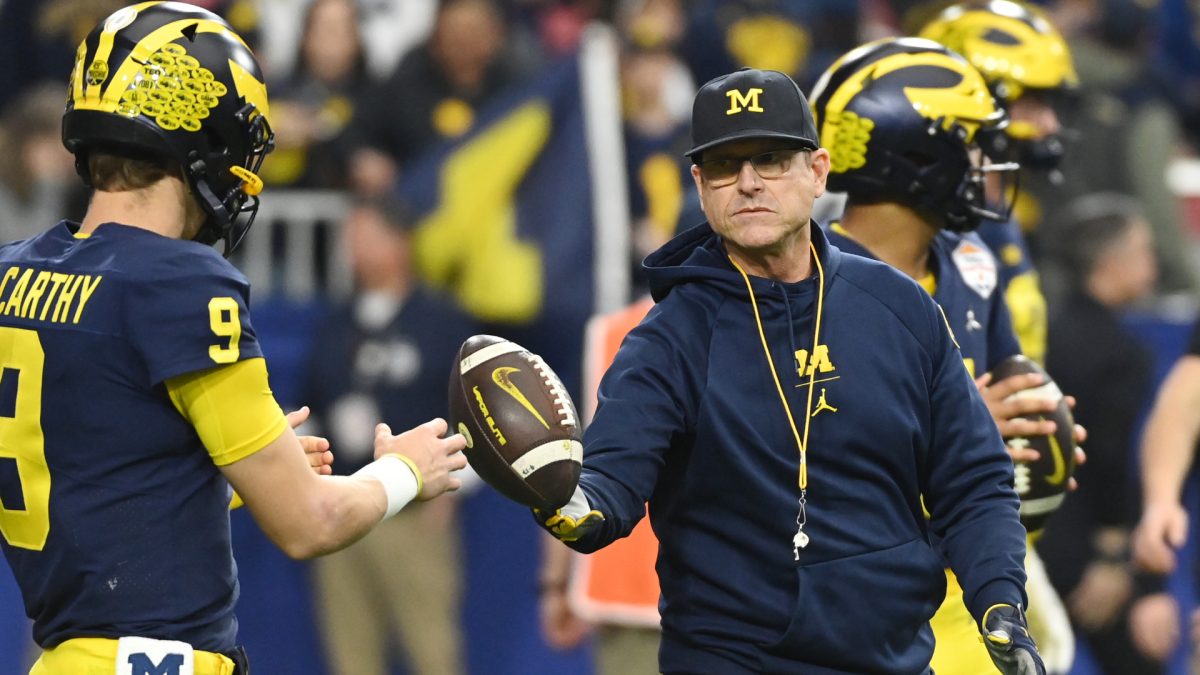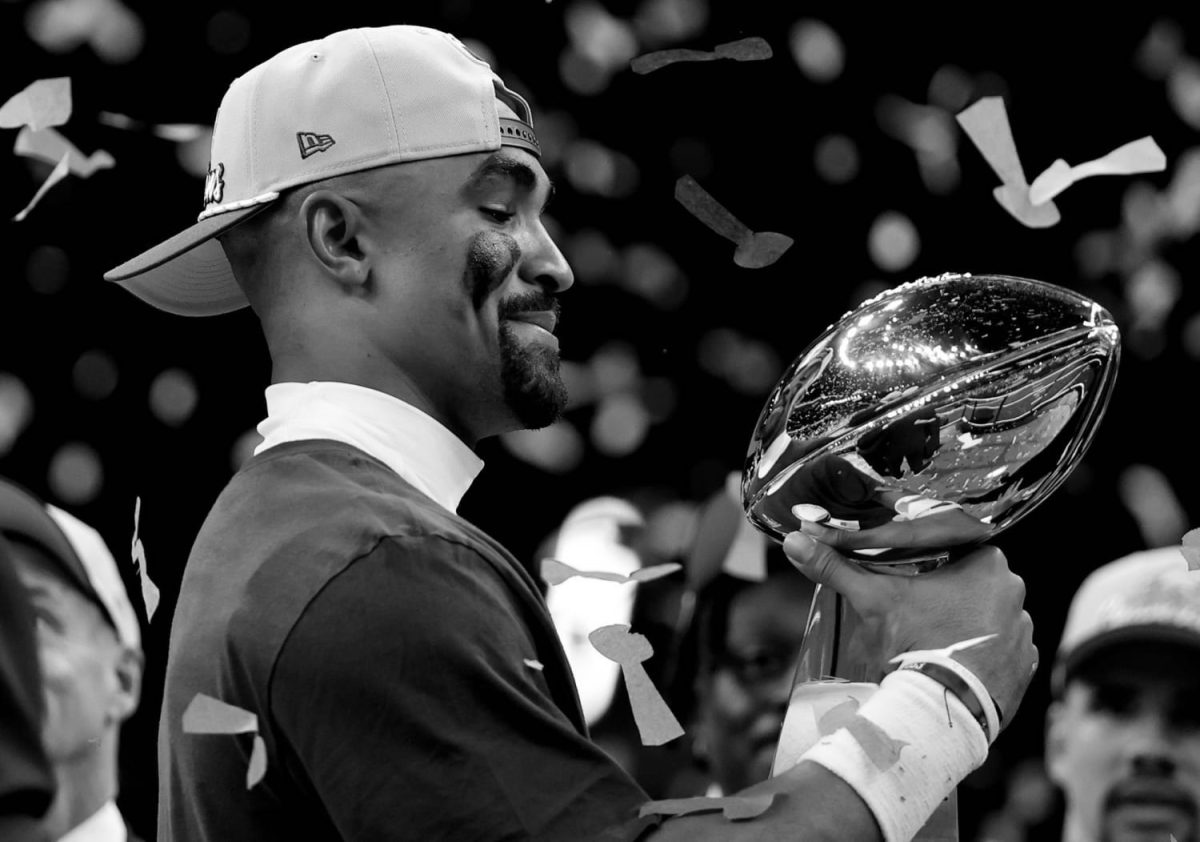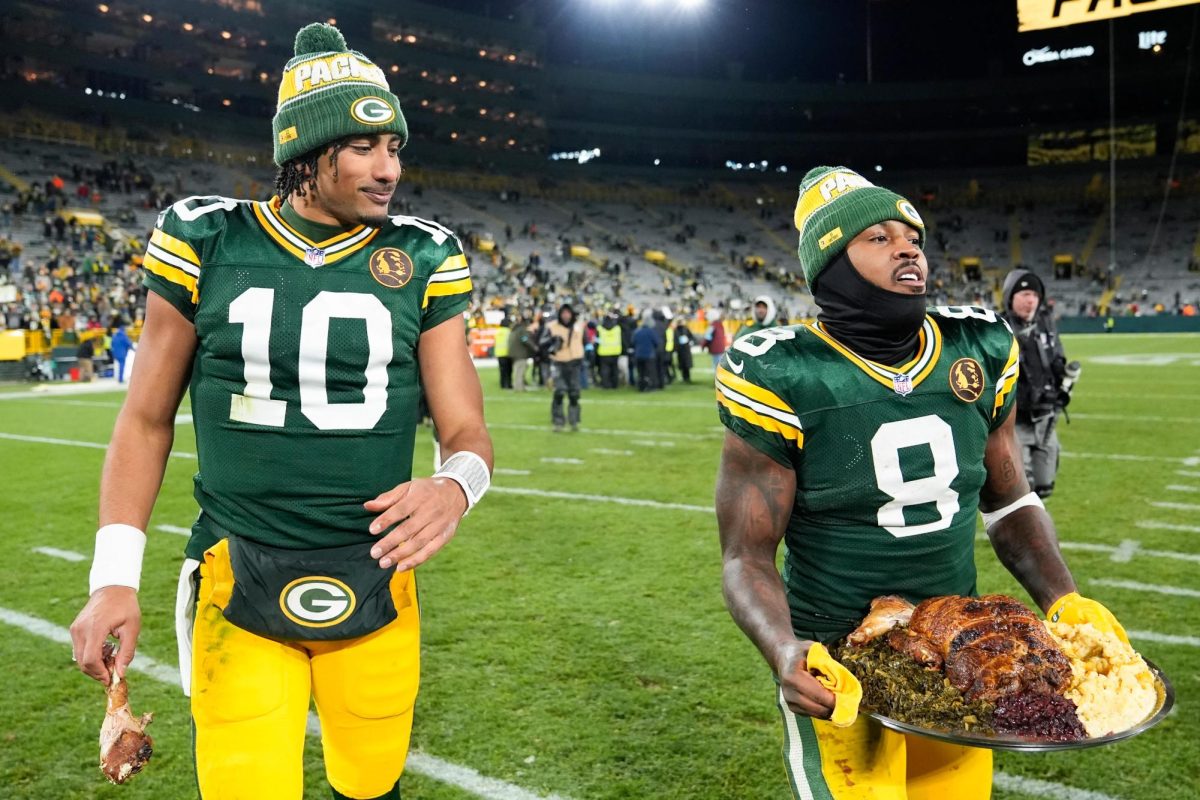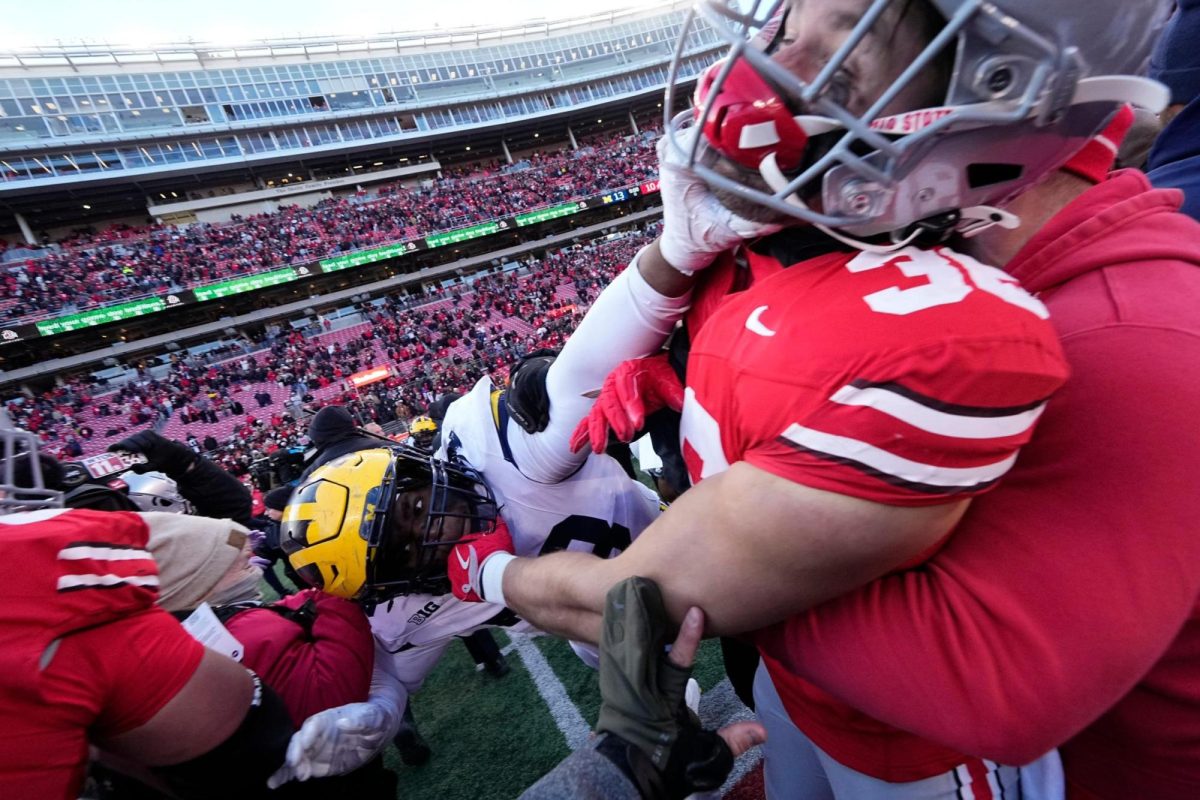On Oct. 17, top National Collegiate Athletic Association officials were given documents and videos from an outside investigative firm about the University of Michigan football program utilizing sign stealing, which consists of various methods — in this case, illegal methods defined by the NCAA — to decrypt signals coaches on the opposing team use to communicate to their members about play calls. The firm claimed to have acquired them from computer drives that were maintained and accessed by several University of Michigan coaches. Soon after, the Big Ten opened a sign-stealing investigation into Michigan, with Michigan staffer Connor Stalions being the ringleader of the operation.
Stalions was originally a volunteer assistant in 2015, but officially became part of their staff in 2022. A Michigan native, his parents both went to University of Michigan. Stalions played football throughout his childhood and his dad was a football coach for an eighth grade team. He graduated from the Naval academy in 2017, where he worked as a volunteer football assistant during his undergraduate years. He also wrote a 550–600 page document called the Michigan Manifesto that he managed daily, which outlined his 15-year blueprint for taking over the University of Michigan Football program and becoming head coach. Stalions is suspended with pay from his role for the Wolverines due to sign-stealing allegations.
To be clear, sign stealing in collegiate football is allowed to some extent. For example, people can steal signs before the games by watching film. However, scouting opponents in person and recording signs is not allowed, especially when using electronic equipment to relay information during a game. An NCAA bylaw implemented in 1994, rule 11.6, states that “off-campus, in-person scouting of future opponents (in the same season) is prohibited.” However, for the same event at the same site, “An institutional staff member may scout future opponents also participating in the same event at the same site.” Another exception is for Conference or NCAA Championships, where “an institutional staff member may attend a contest in the institution’s conference championship or an NCAA championship contest in which a future opponent participates (e.g., an opponent on the institution’s spring non championship-segment schedule participates in a fall conference or NCAA championship).” Under Article 11. H in the NCAA Football 2023 rules book, “any attempt to record, either through audio or video means, any signals given by an opposing player, coach or other team personnel is prohibited.”
Before Michigan supposedly started sign-stealing in 2021, the program had a streak of losing three or more games for the past couple of seasons. Since 2021, however, they have lost only three games. So, where does Stalions come in?
Stalions bought tickets for over 30 games at the Big Ten schools for the past three seasons, with tickets to 12 of the 14 Big Ten. Stalions would pay for people to go to games and sit on the opponent’s side to film opponents signals, specifically to be behind and across the benches around the 45-yard line. This was revealed on his public Venmo transactions, where he was seen paying people with the caption “GA” the day before a Georgia vs. Ohio State game. In other cases, people would charge Stalions with the transaction caption as “Game.” These were games in which Michigan was going to play the opponent or play in that stadium in the future. However, it is unclear whether Stalions himself was funding those tickets. After all, he only makes $55,000 a year, and the Washington Post reported that this operation would cost around $15,000 if Michigan planned to send scouts to 40 games.
Most recently uncovered is a photo of a man, who appears to be Stalions, dressed as a Central Michigan University Coach when CMU played Michigan State as their season opener on Sept. 1 and was pictured with a “VB” — or Visitor’s Bench — pass. However, the CMU head coach claims that Stalions’ name was not on the list of names associated with the VB pass for that game. The University of Michigan played Michigan State Oct. 21, winning 49–0.
This isn’t the only Michigan football scandal going on at the moment, however. In January of this year, former Co-offensive Coordinator Matt Weiss was fired after accessing other University of Michigan emails without authorization. Though this isn’t tied to the sign-stealing scandal, the FBI is now involved in looking into Michigan’s football program. On top of that, Head Coach Jim Harbaugh served a university-imposed three-game suspension earlier this season for unrelated recruiting violations.
Despite off-the-field scandals, the Wolverines have been dominant on the field. Michigan currently sits at 8–0 and is the No. 2 ranked team in the country. They have outscored conference opponents 229–31, with an average margin of victory of 34.8 points per game.
However, they have yet to play any significant competition. On Nov. 11, they will travel to play No. 9 Penn State, and two weeks later they will face off against No. 3 Ohio State in one of college football’s most-anticipated rivalry games. Ultimately, the results of these two games will determine if Michigan can make it back to the College Football Playoffs for the third year in a row, and potentially win the program’s first national championship since 1997.
If Michigan didn’t already have a target on their backs, they sure do now. As time goes on, so will the investigations, and more details will come about the scandals. Coaches and players will be forced to answer questions in the media and hear about it every time they turn on the TV or check social media.
The Wolverines have become the villains of college football. Will they embrace it, or will it potentially tarnish a record-breaking season for one of college football’s most prestigious and historic programs?












